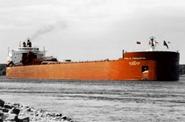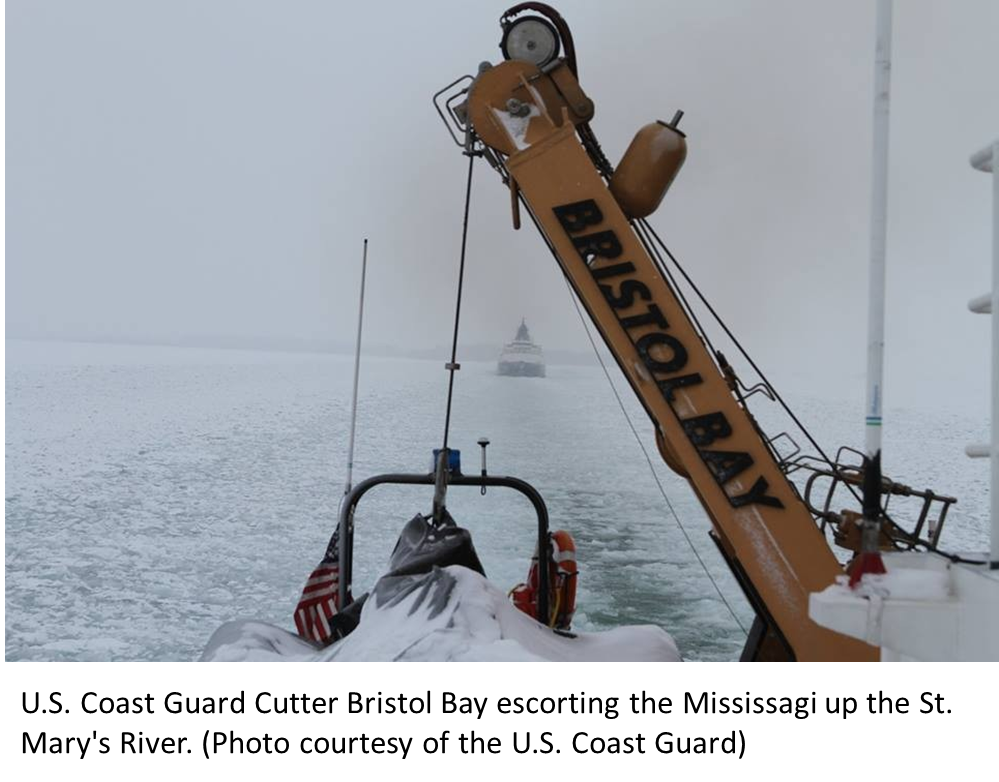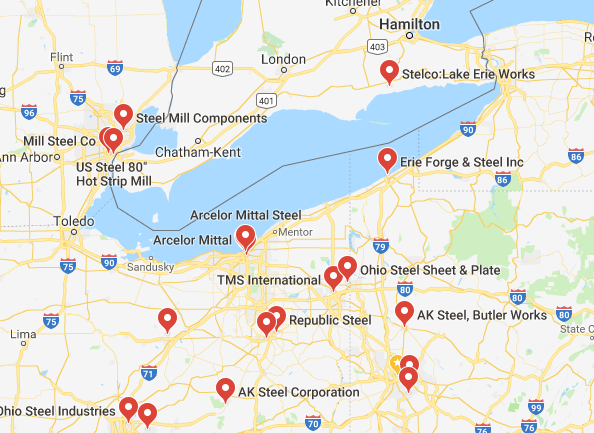Shipping and Logistics

Ore Delayed by Weather on Great Lakes
Written by Sandy Williams
January 7, 2018
With less than two weeks left in the Great Lakes shipping season, the deep freeze hitting the U.S. has caused havoc for lake freighters trying to load and unload iron ore at ports.
The shipping season is scheduled to end with the closing of the Soo Locks on Jan. 15 at Sault Ste. Marie, but an estimated 1.5 million tons of iron ore pellets still need to make the trip from Minnesota to ports lower on the lakes. Not only are freighters dealing with freezing waters and gale winds, equipment used for loading iron ore is freezing up.
“The freezing up mostly of the equipment, not necessarily Lake Superior at this juncture, has really caused some slowdowns in the loading process for iron ore, which is causing a backup of all of the vessels heading in to pick up end-of-season deliveries here for the steel mills on the lower lakes,” Adele Yorde with the Duluth Seaway Port Authority told Wisconsin Public Radio.
“This time of year, you hear all kinds of stories about frozen train brakes, switching gears or the pellets freezing in the cars and having to be thawed before they’re emptied,” she said. “When you’re talking a train of 120 cars and you’ve got pellets frozen in 120 cars, you’ve got a long process to get them thawed, get them dumped, (and) get them on conveyers.”
Ore from Minnesota and Michigan must travel though the St. Mary’s River to reach steel mills along the lakes. Coast Guard ice breakers are busy trying to keep ships moving through the frigid waters.

Steel mills closely monitor the weather on the lakes and try to prepare for worse case scenarios. “It is our practice to have detailed contingency plans prepared for all of our operations in the winter months, should they be necessary,” said U.S. Steel spokeswoman Meghan Cox.
Great Lakes ice coverage, as of Jan. 7, is 29.9 percent, according to the National Oceanic and Atmosphere Administration (NOAA). Last year at this time coverage was just 8.7 percent.
Frigid temperatures have led to an unusually rapid expansion of ice on Lake Erie. Surrounded by numerous steel mills, Erie is about 85 percent covered compared with 17 percent a year ago. NOAA says the peak season for ice coverage on the lakes is generally mid-February. Steel mills on both the U.S. and Canadian sides of Lake Erie depend on freighters to deliver ore before the winter freeze.

The St. Lawrence Seaway is clogged by the international freighter Federal Biscay, which is lodged in ice at the Snell Lock. Four other ships are waiting to continue down the river. Three tug boats have been working to free the ship that is described as a “cork in a bottle.” Once lock hands are able to free the Biscay and the other ships pass through the locks, the Seaway system will close for the winter.

Sandy Williams
Read more from Sandy WilliamsLatest in Shipping and Logistics

Trump signs executive order aimed at making US shipbuilding ‘great again’
President Trump on Wednesday signed an executive order meant to breathe new life into American shipbuilding and curb Chinese dominance in the sector.

Great Lakes iron ore trade fell again in March
Recall that shipments also saw a sharp decline in January.

Longshoremen ratify contract with maritime alliance
Nearly 99% of ILA members voted in favor of a new labor deal with the United States Maritime Alliance that covers workers at ports on the Atlantic and Gulf coasts.

Reibus: Flatbed rates up slightly but uncertainty ahead
With construction seasonally soft, the flatbed market remains softer than the other main trailer types.

US-flagged ore shipments on Great Lakes down in 2024
The Lake Carriers’ Association reported a 4.5% y/y decline in December’s ore shipments of 4.6 million short tons.

